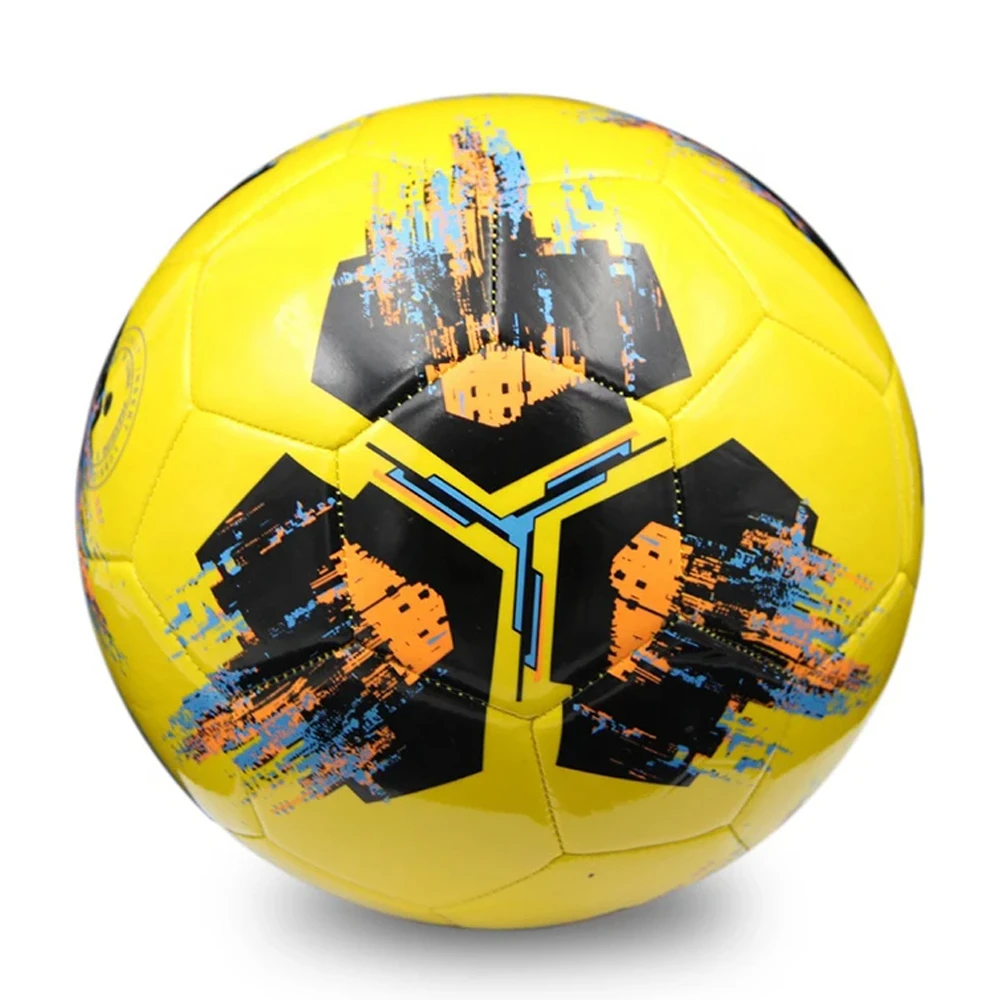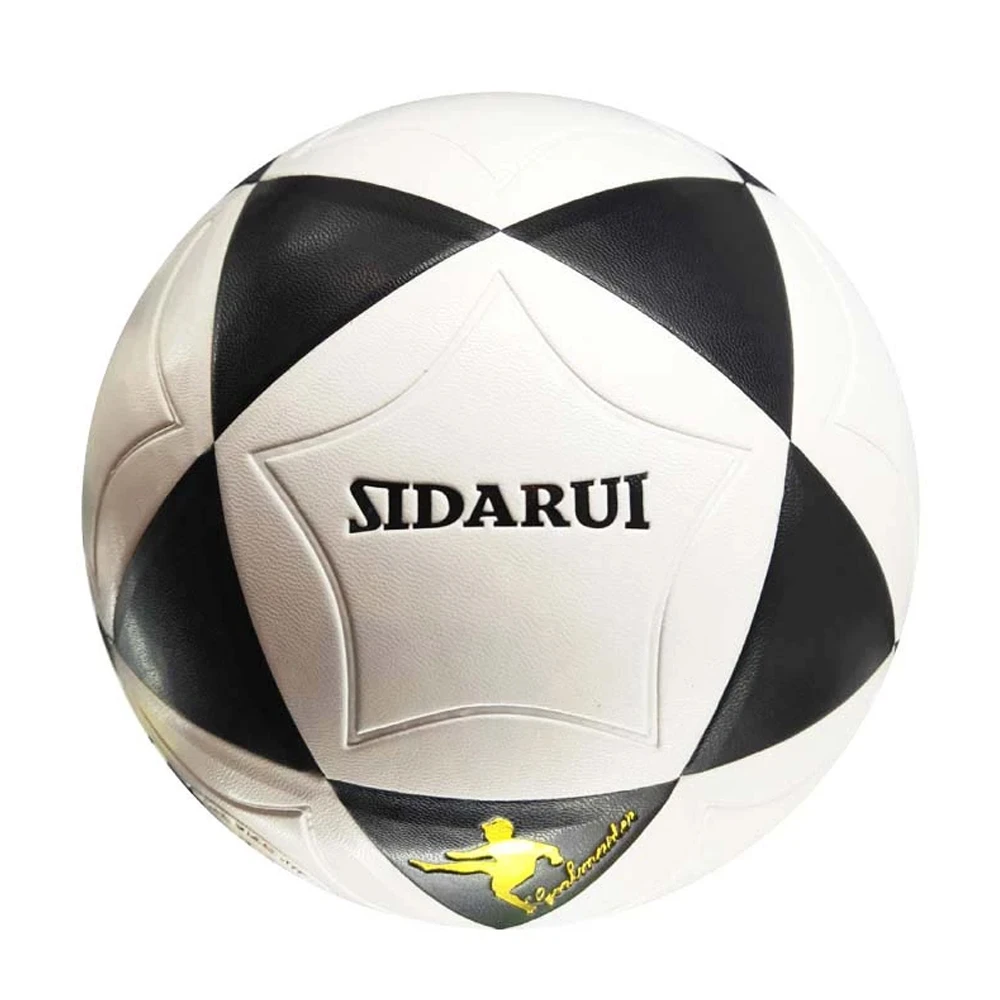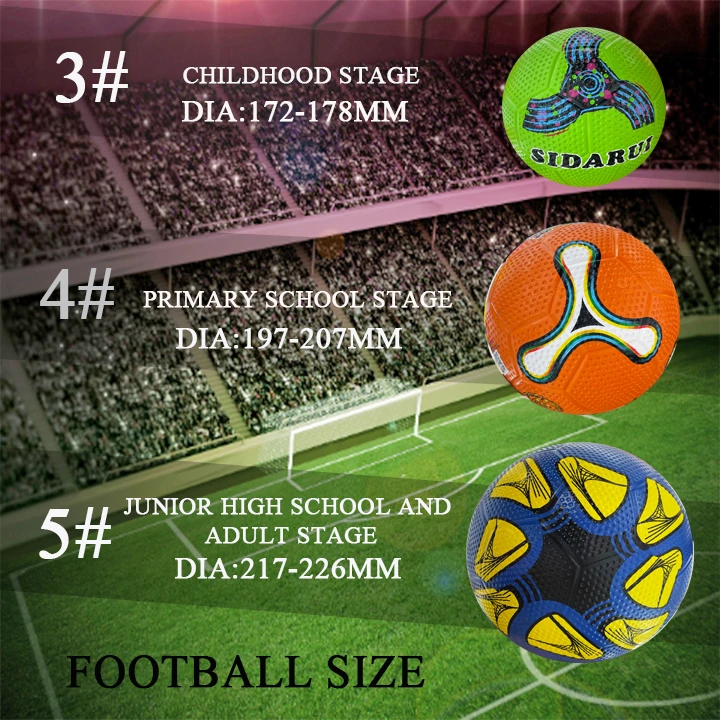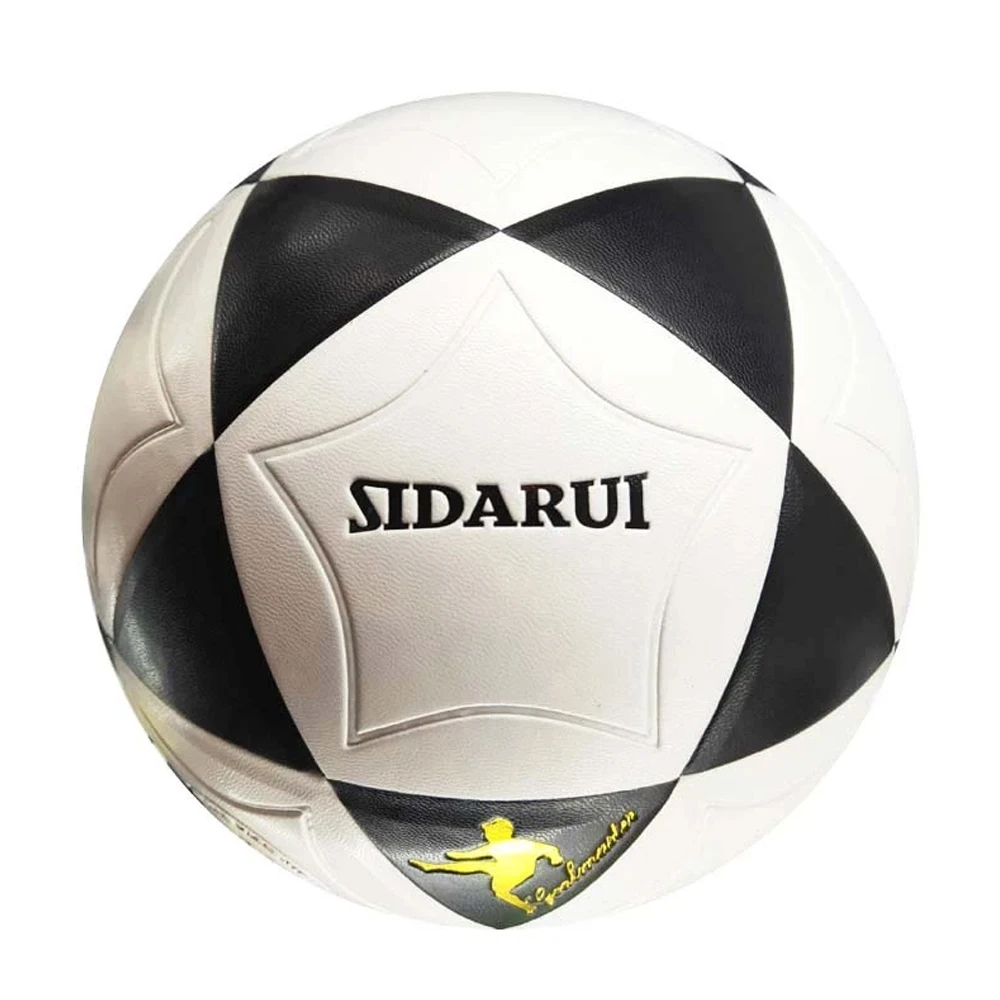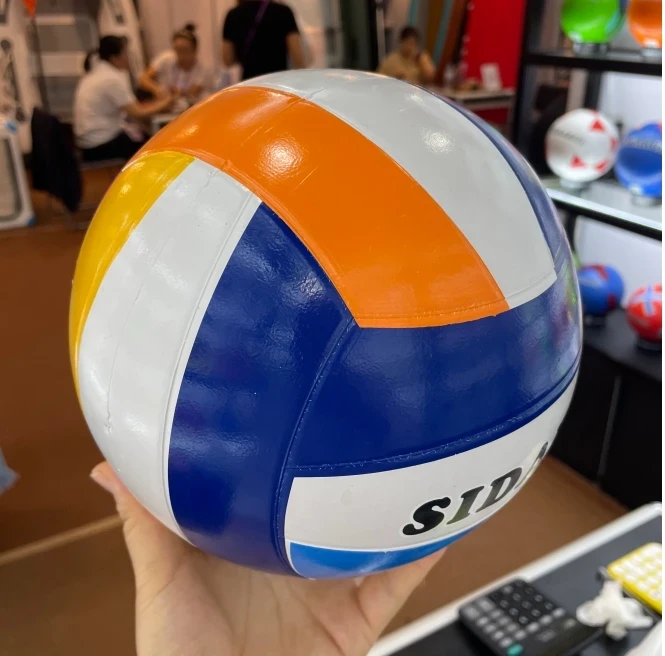Th6 . 09, 2025 14:37
- The Science Behind Modern Volleyball Design
- Material Innovations Transforming Performance
- Comparative Analysis of Top Volleyball Manufacturers
- Technical Breakthroughs in Beach Volleyball Design
- Customization: Designing Volleyballs for Specific Needs
- Performance Impact: Real-World Application Studies
- Future Trajectories in Volleyball Design Innovation
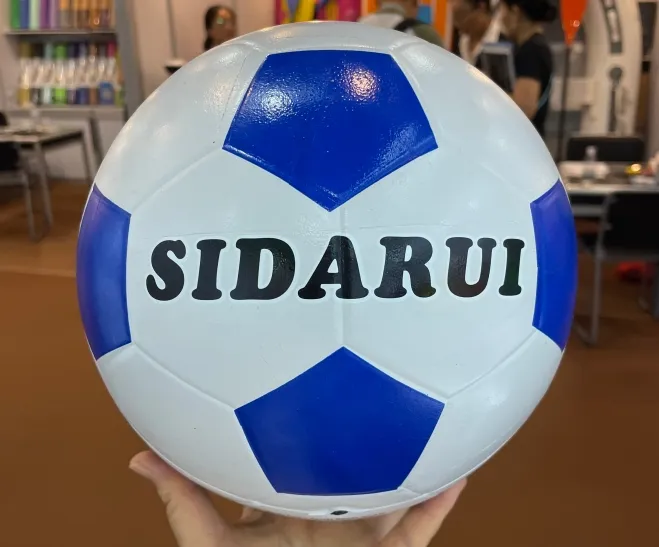
(volleyball design)
The Science Behind Modern Volleyball Design
Contemporary volleyball design
demands precision engineering to meet FIVB standards requiring spheres with 65-67cm circumference and 260-280g weight. Designers utilize computational fluid dynamics to optimize panel configurations - typically 18 rectangular panels strategically angled between 25-35 degrees to create consistent flight characteristics. The internal bladder pressure requires exact calibration between 0.30-0.325 kg/cm² to maintain structural integrity through powerful spikes exceeding 130 km/h.
Material Innovations Transforming Performance
Revolutionary synthetics have replaced traditional leather exteriors. Microfiber composites with water-repellent nanocoatings reduce moisture absorption by 92% compared to legacy designs. Advanced butyl rubber blends in bladder construction retain air pressure 45% longer than natural latex alternatives. The introduction of PU-Hybrid foam layers between panels increases touch sensitivity while decreasing impact force transmission by up to 27% according to impact testing.
Comparative Analysis of Top Volleyball Manufacturers
| Brand | Core Technology | Water Resistance (liters/hr) | Pressure Retention (72hr) | Competition Certification |
|---|---|---|---|---|
| Mikasa VLS300 | 8-Panel Dimpled Surface | 0.8L | 93.5% | FIVB Approved |
| Wilson AVP Official | Sand Grip Composite | 1.2L | 89.7% | AVP Tour Certified |
| Molten FLISTATEC | Thermo-bonded Panels | 0.4L | 96.3% | V.League Official |
| Tachikara SV-M | Micro-Pebble Texture | 0.9L | 91.2% | NCAA Approved |
Technical Breakthroughs in Beach Volleyball Design
Beach volleyball design confronts unique challenges requiring sand-resistant surface textures with enhanced grip metrics. The 2018 redesign of the Olympic-standard ball increased surface micro-protrusions by 300% without compromising roundness tolerance standards. Laboratory testing confirms current iterations maintain consistent flight patterns in coastal winds up to 15 knots - a significant improvement over pre-2010 designs that experienced trajectory deviations above 8 knots.
Customization: Designing Volleyballs for Specific Needs
Professional teams increasingly commission tailored volleyball designs with proprietary characteristics. The Brazilian national team utilizes balls with 8% denser internal bladder walls to accommodate tropical humidity. Junior developmental leagues implement reduced-compression designs weighing 240g to decrease impact forces on developing skeletal structures. Custom print capabilities now enable complex graphic designs with zero impact on aerodynamic properties.
Performance Impact: Real-World Application Studies
Quantifiable data demonstrates design improvements directly affect gameplay. NCAA Division I testing revealed redesigned balls increased serve accuracy by 12.7% among novice players. When FIVB introduced asymmetric panel arrangements, reception error rates decreased from 18.3% to 14.9% during the World Championship tournament. Professional beach volleyball analytics indicate 22% fewer interruption events due to wind interference following aerodynamic improvements implemented in 2022.
Future Trajectories in Volleyball Design Innovation
The evolution of volleyball design continues toward intelligent integration, with embedded microsensors tracking trajectory data during gameplay. Leading manufacturers are patenting electrostatic surface treatments creating tunable friction coefficients. Sustainability initiatives promise plant-based composites reducing carbon footprint by 65% without compromising performance benchmarks. As digital integration progresses, we anticipate designs incorporating haptic feedback systems becoming standardized equipment.
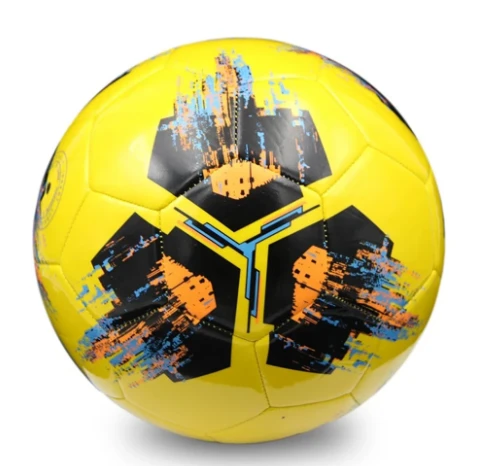
(volleyball design)
FAQS on volleyball design
Q: What key factors define volleyball design?
A: Volleyball design prioritizes aerodynamics through panel shape/texture, consistent weight distribution (260-280g), and tactile grip materials. These elements ensure stable flight and optimal control during indoor court play.
Q: How does beach volleyball design differ from indoor volleyball versions?
A: Beach volleyballs use softer synthetic leather to withstand sand/moisture, have brighter colors for visibility outdoors, and feature reduced internal pressure (0.175-0.225 kg/cm²) for slower gameplay in windy conditions.
Q: What materials are commonly used in designing volleyballs?
A: Premium volleyballs combine composite leather for durability/water resistance, butyl rubber bladders for air retention, and microfiber layers for enhanced touch. Low-version designs may substitute synthetic PU for cost efficiency.
Q: Why is panel configuration important in volleyball design?
A: Panel patterns (typically 8-18 panels) directly impact ball stability and spin response. Curved seams with recessed channels create predictable trajectories, while textured surfaces improve player grip during serves and spikes.
Q: How does color psychology influence volleyball design?
A: High-contrast color combinations (e.g., blue/yellow or white/orange) optimize visibility for players and spectators. Vibrant hues also enhance brand recognition and tournament aesthetics while meeting broadcast visibility standards.




